Perseid meteor shower: 16 incredible images of shooting stars lighting up the night sky
New moon made for ideal sky conditions in the Midlands and North
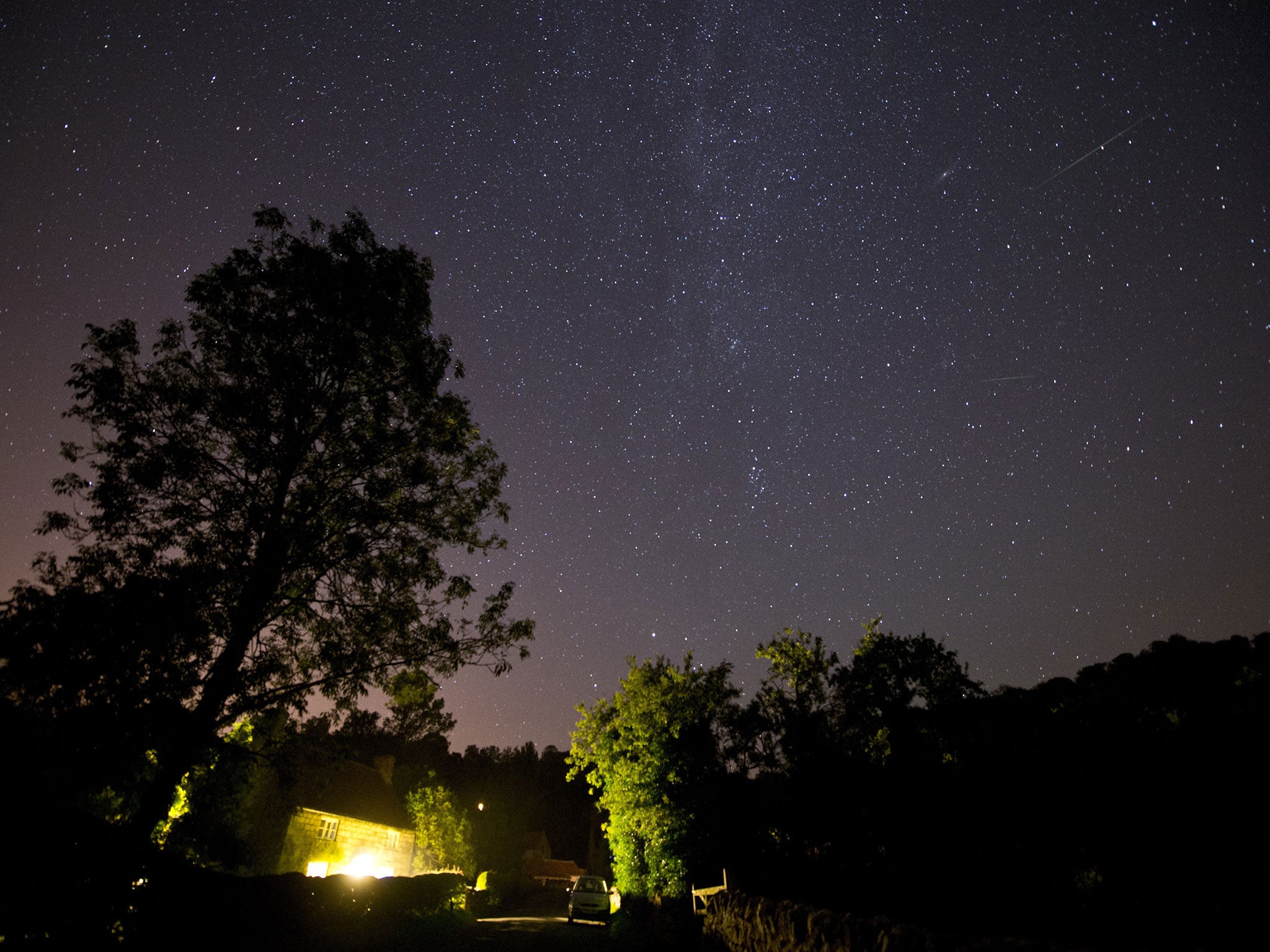
Hundreds of shooting stars lit up the night sky above Britain as the annual Perseid meteor shower peaked.
Stargazers in the Midlands and the North had the best view of the meteors as cloud cover meant visibility was limited across southern England and Scotland.
The Perseids this year coincided with a new moon - for the first time since 2007 - creating the ideal dark sky conditions.
Shooting stars were briefly joined overhead by a bright man-made star, the International Space Station (ISS).
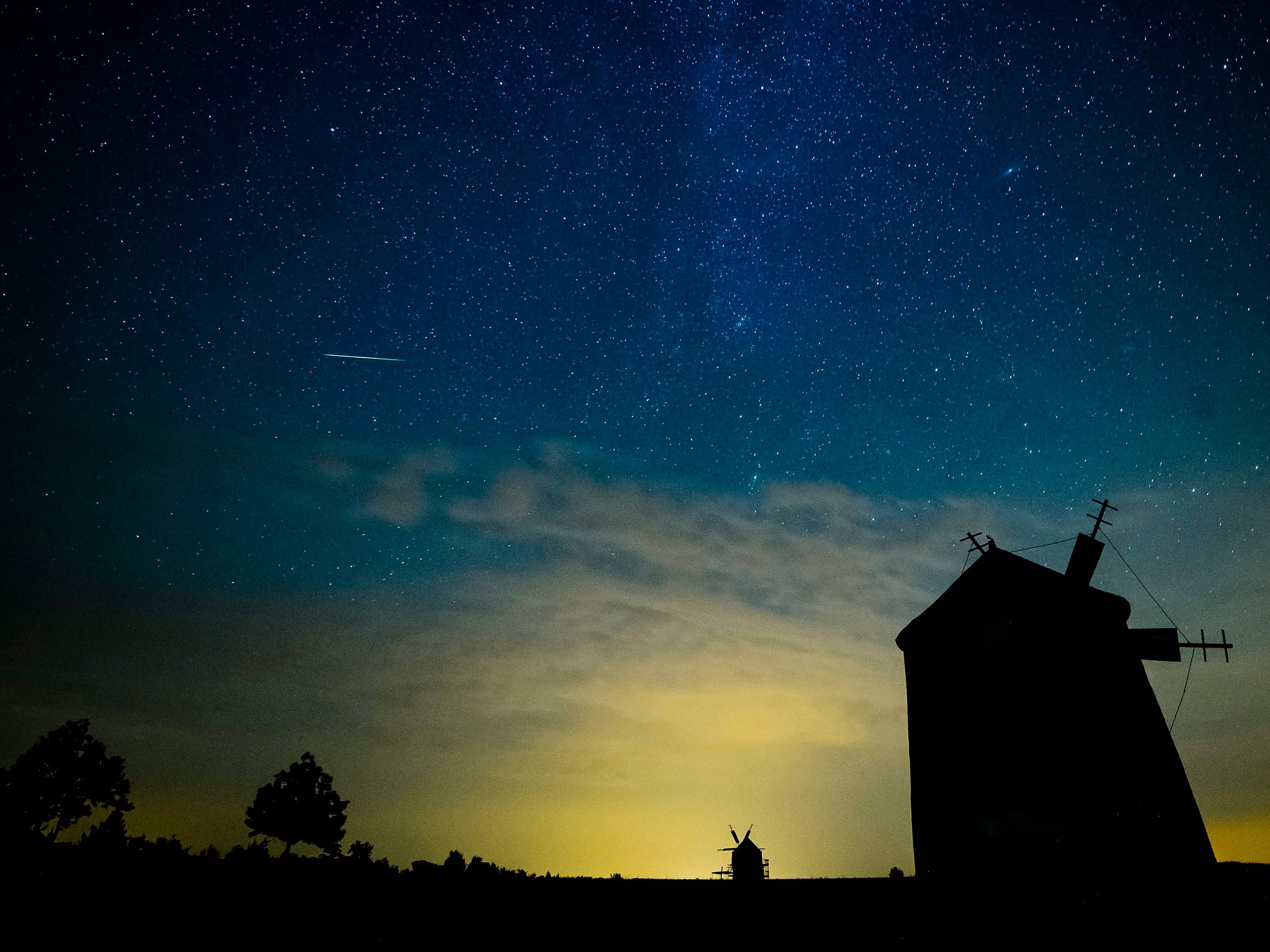
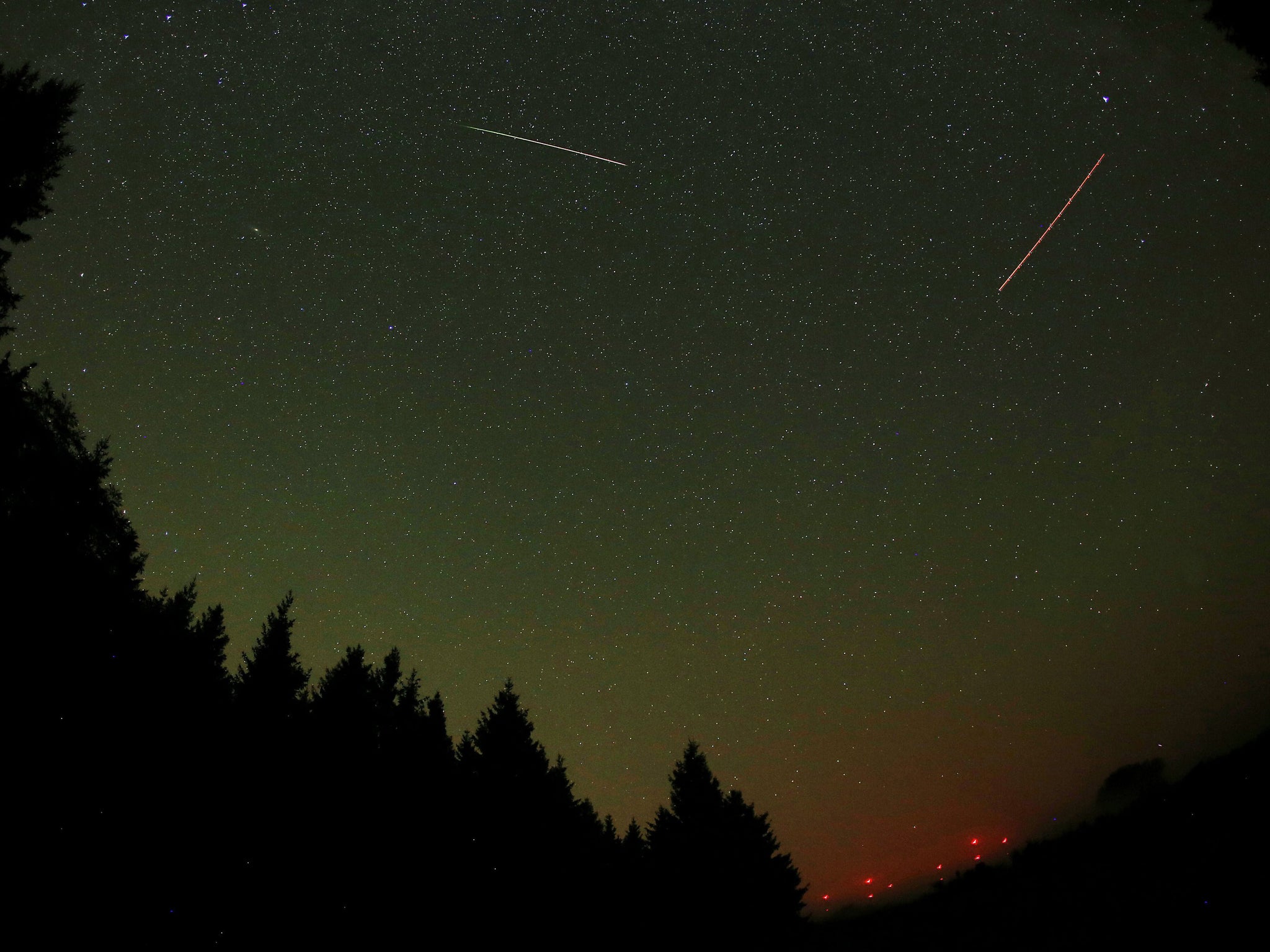
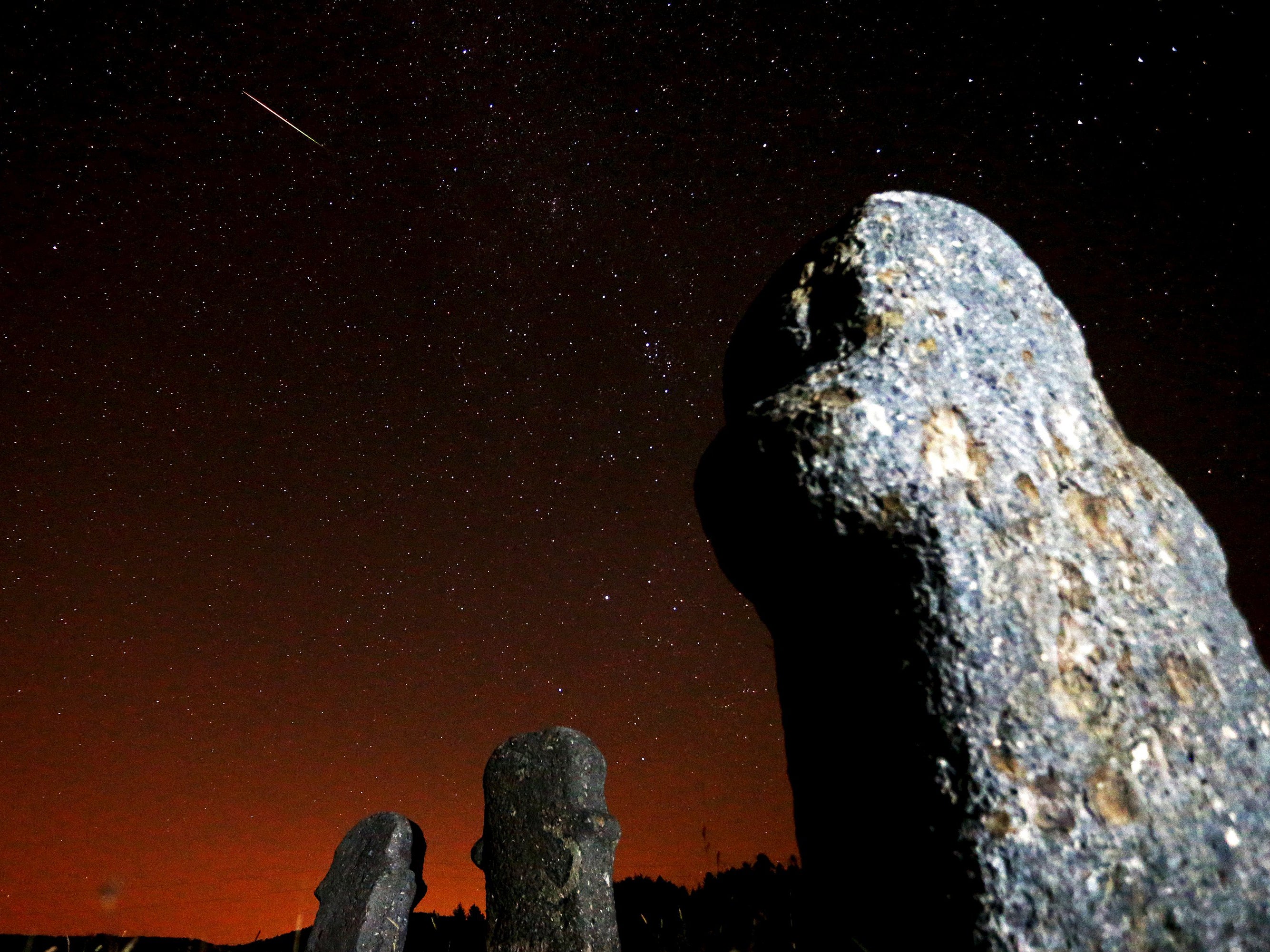
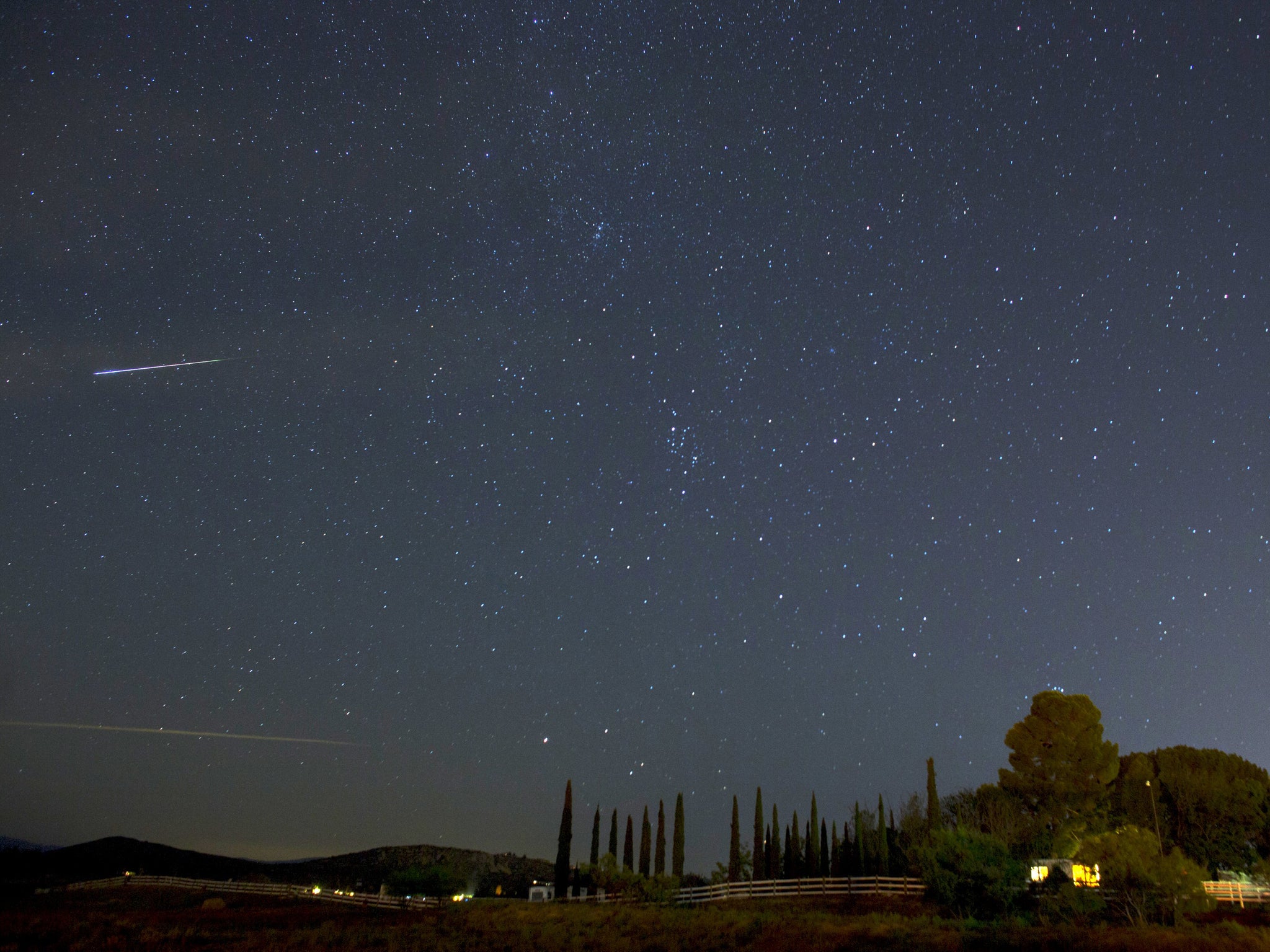
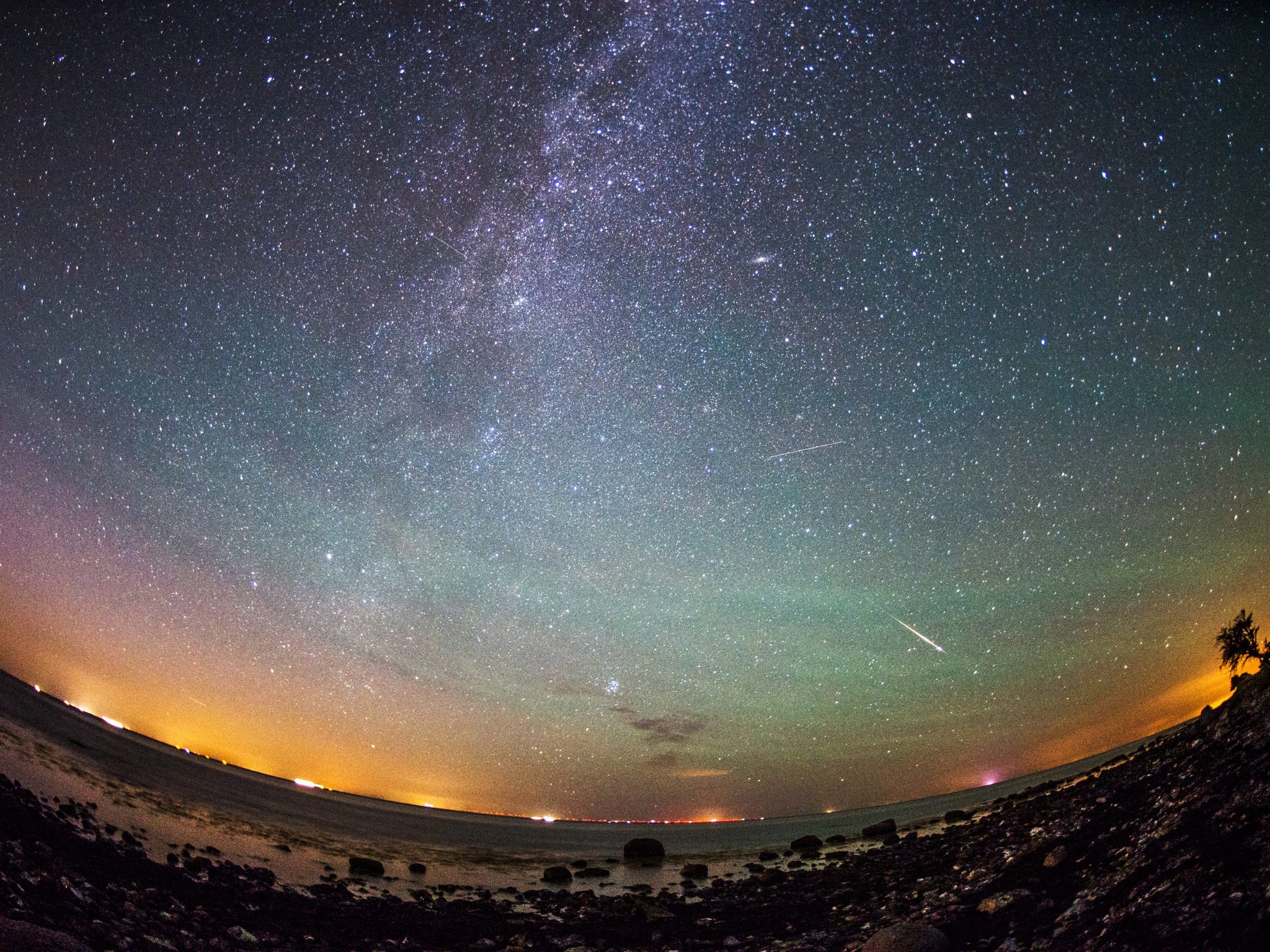
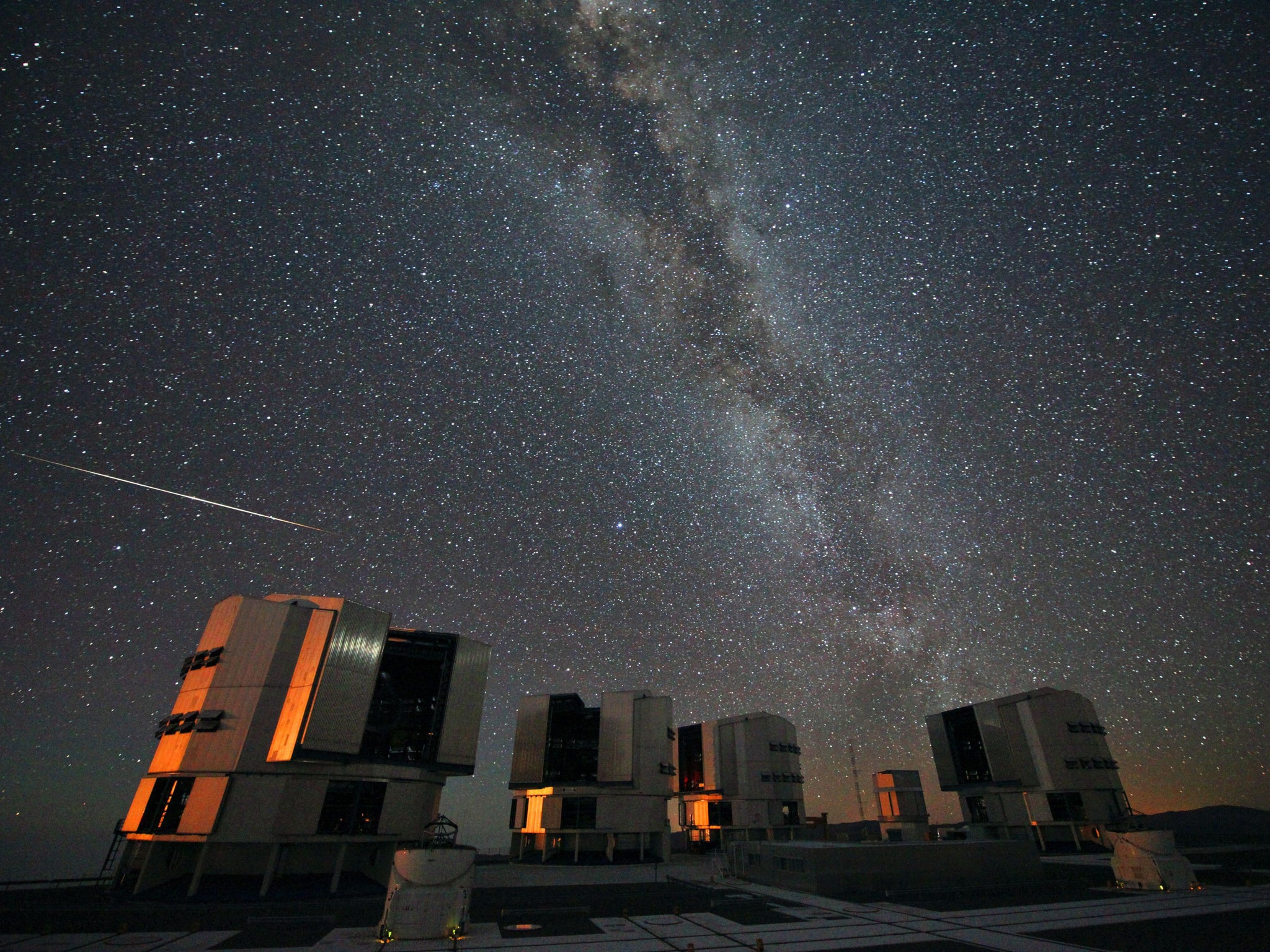
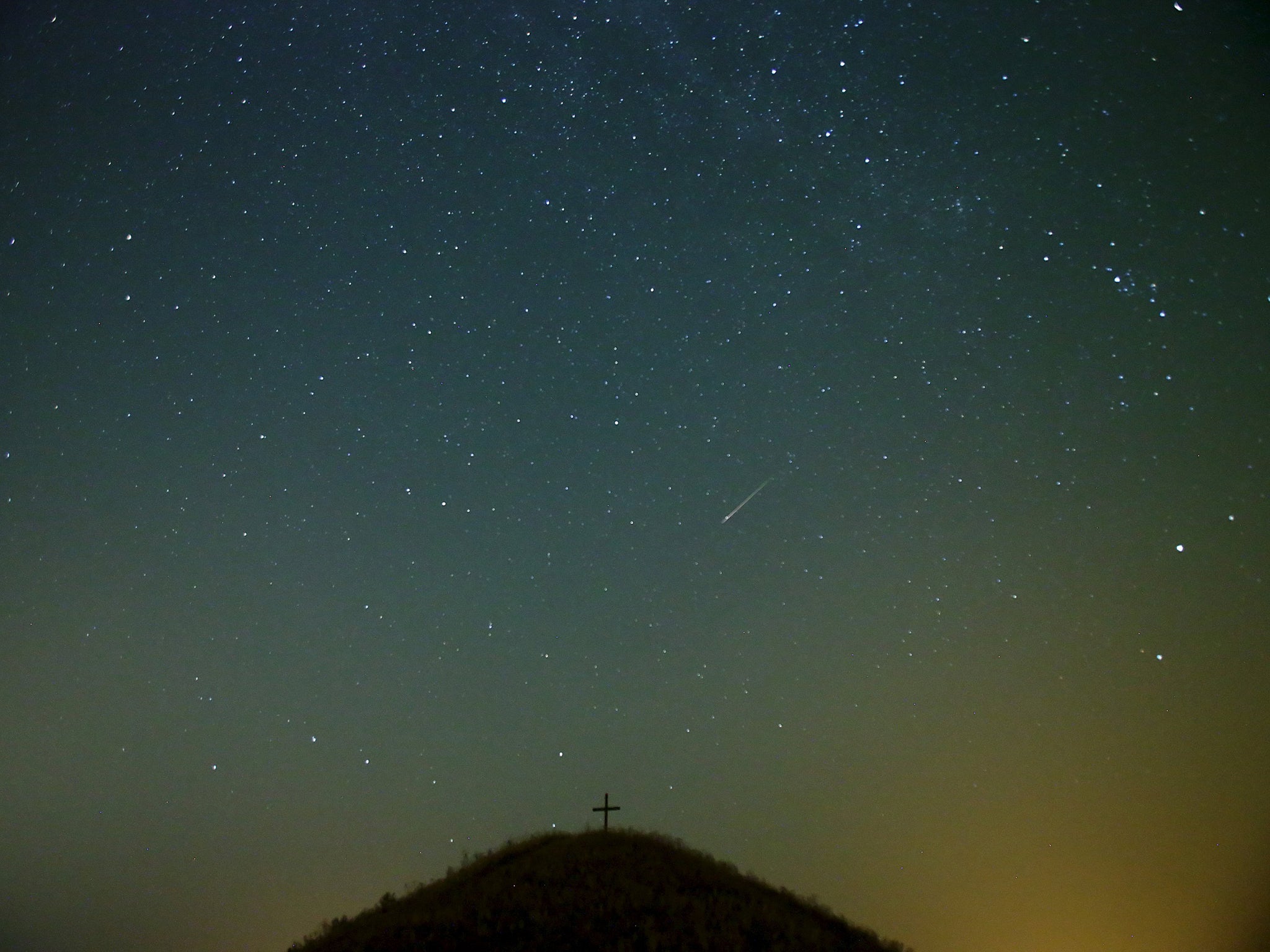
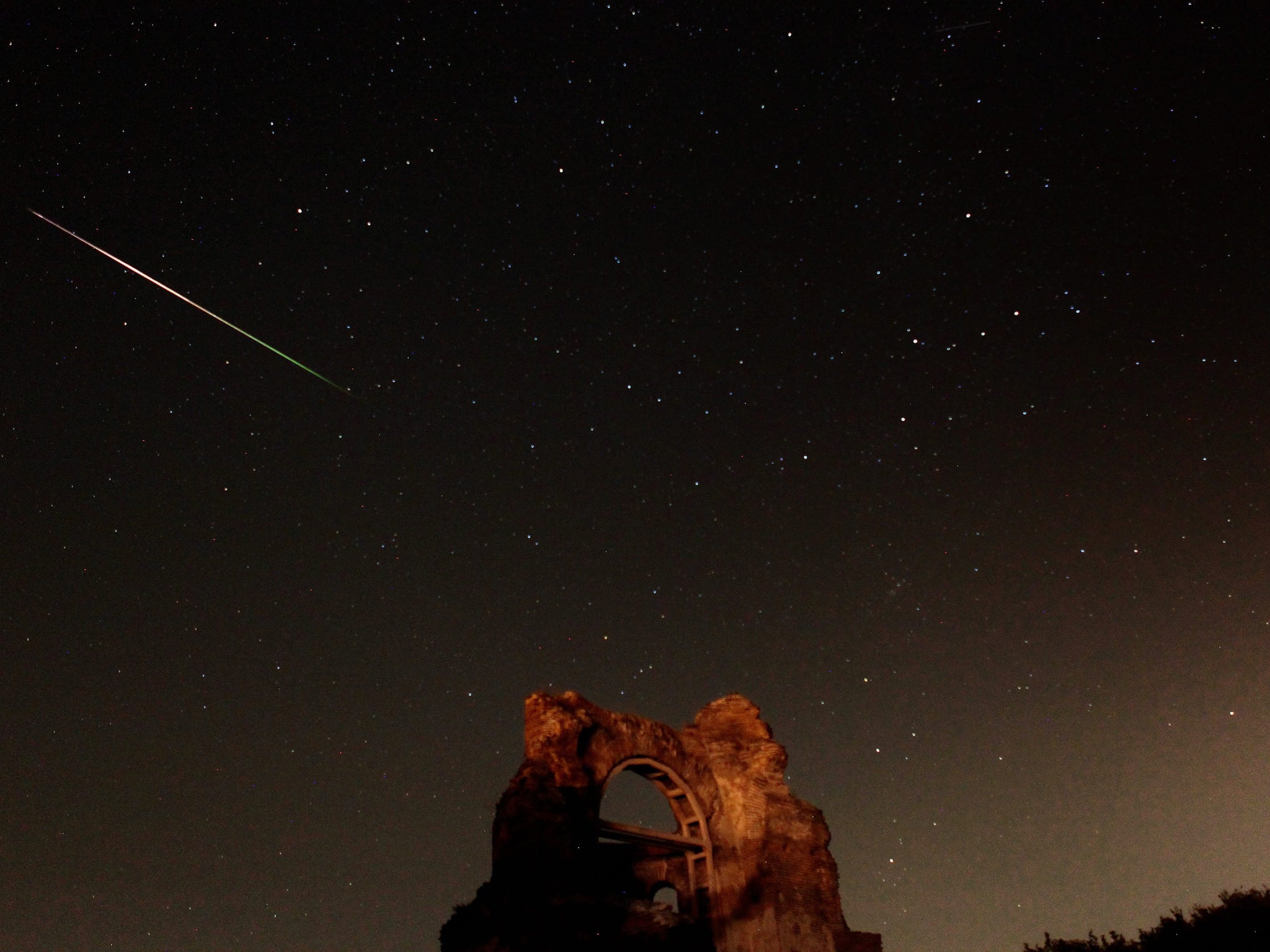
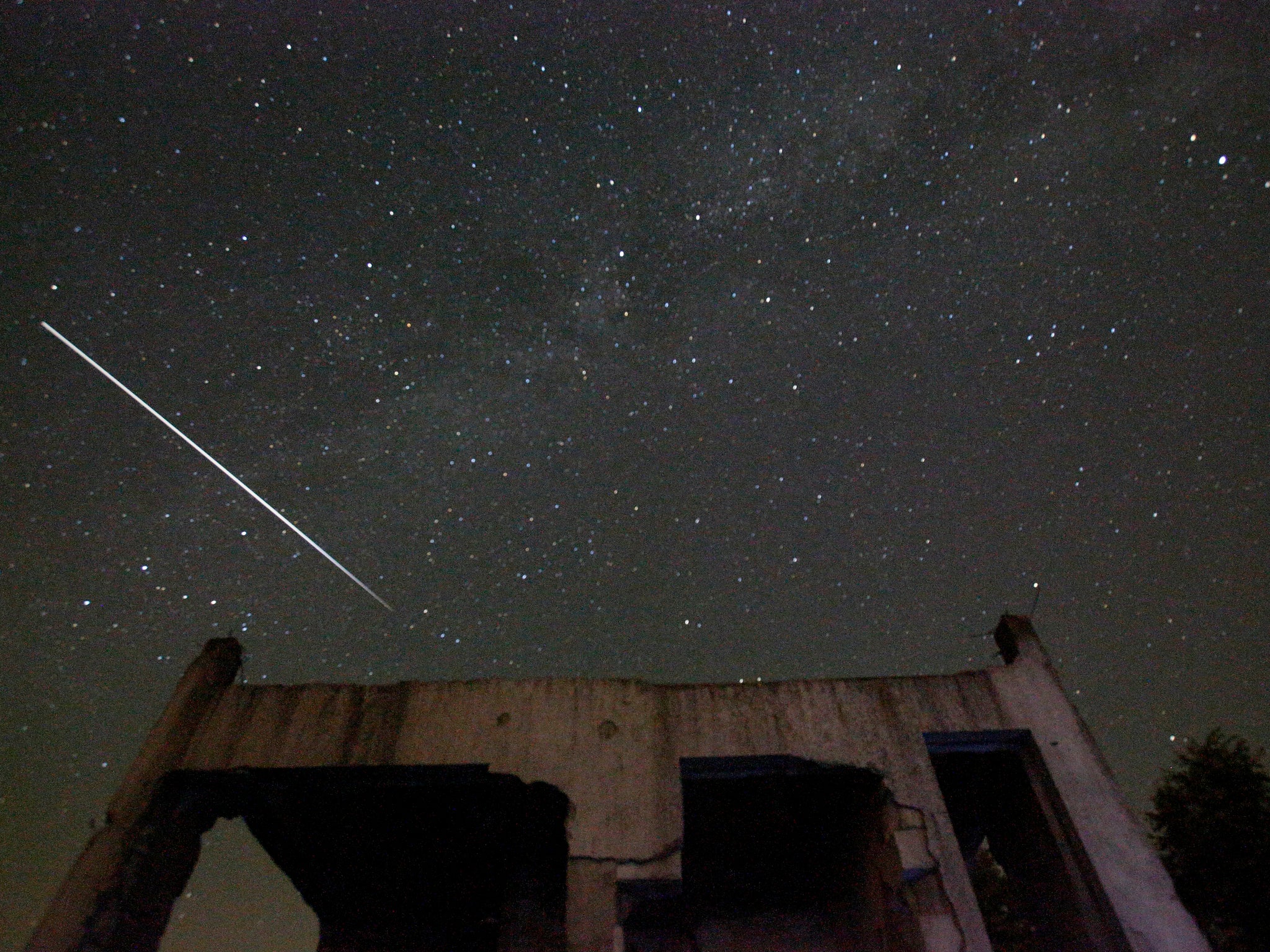
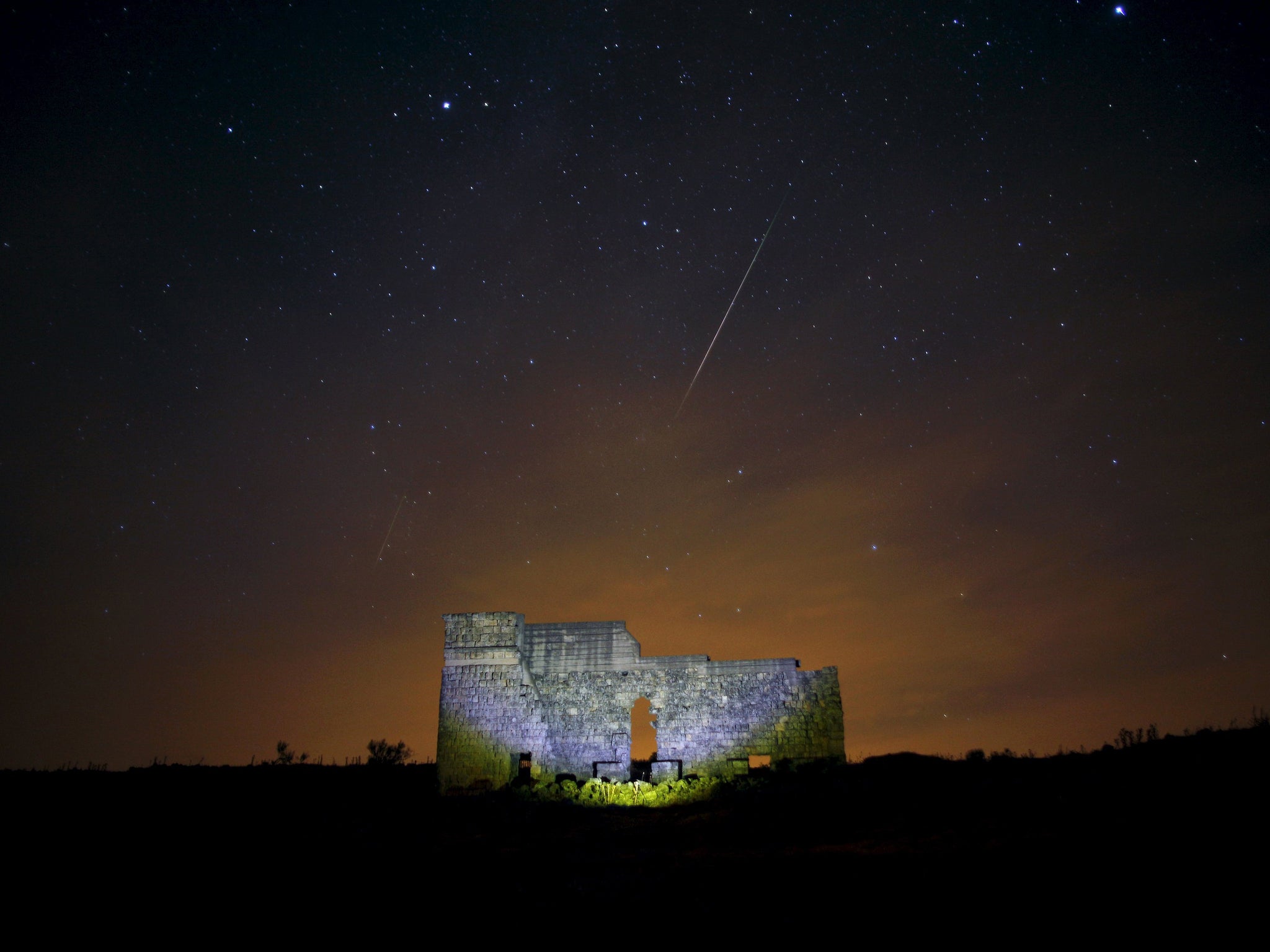
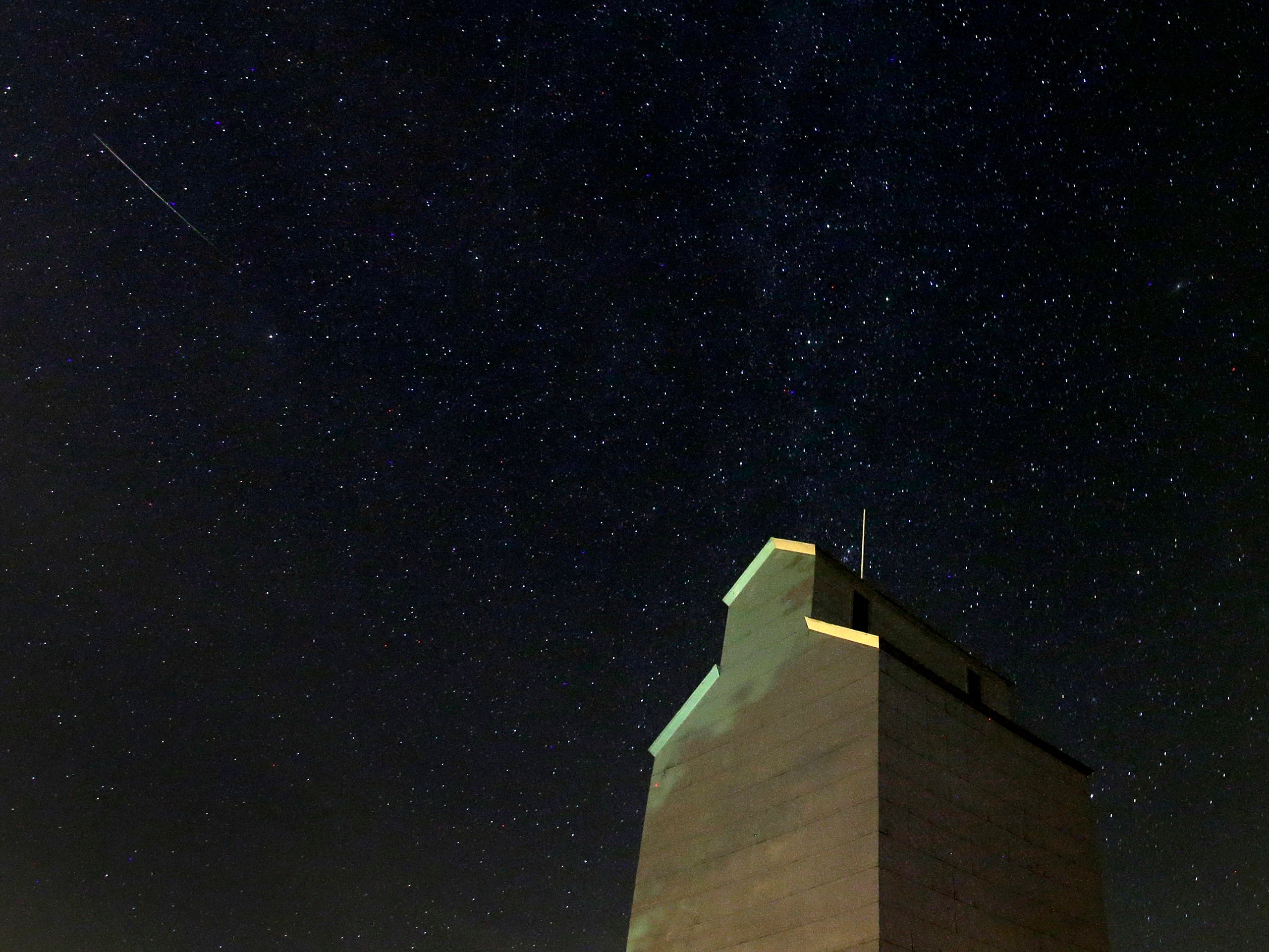
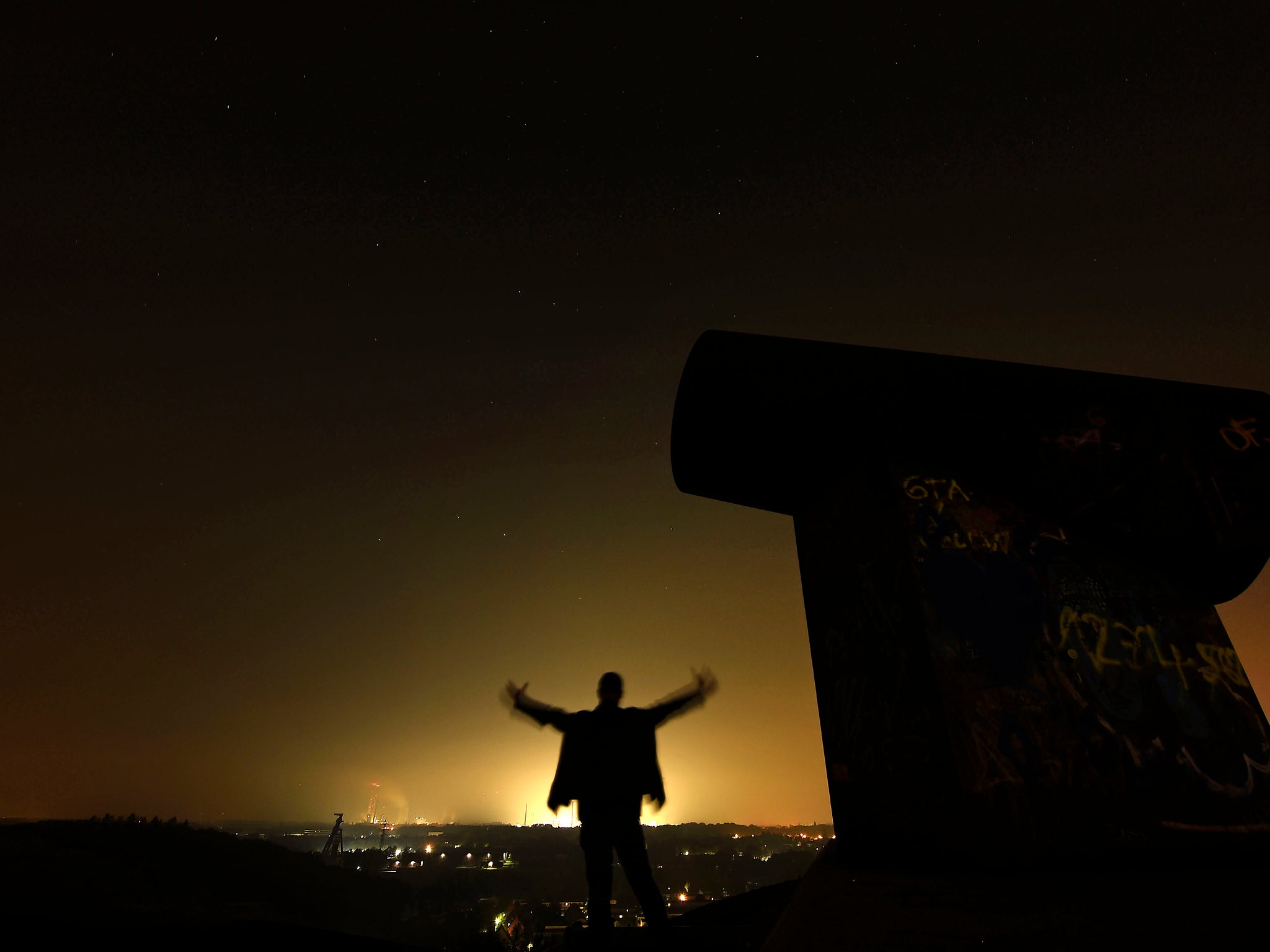




The Perseids are pieces of Comet Swift-Tuttle and are active each year from around 17 July to 24 August.
For most of that period only a few meteors an hour are visible - in contrast to Wednesday night.
Professor Mark Bailey, director of Armagh Observatory in Northern Ireland, called the Perseids the "best and most reliable meteor showers of the year".
A burst of activity was forecast for shortly before 8pm on Wednesday, while it was still light, but the stars could be seen long after dark.
The ISS, which orbits earth every 90 minutes, was expected to be visible for four minutes from 10.28pm on Wednesday.
Robin Scagell, vice president of the Society for Popular Astronomy, said: "The thing about shooting stars is they're a wonderful free spectacle we can all enjoy, assuming clear skies.
"The Perseids are usually fairly bright. They tend to leave a trail, or train, behind them.
"You can see the train hanging there glowing in the sky for a few seconds - sometimes for several minutes - after the meteor has gone."
Meteors are the result of particles as small as a grain of sand entering the Earth's atmosphere at high speed and burning up.
They can appear anywhere but seem to emerge from a single point, or "radiant". The Perseid's radiant is in the north-east constellation of Perseus.
Join our commenting forum
Join thought-provoking conversations, follow other Independent readers and see their replies
Comments